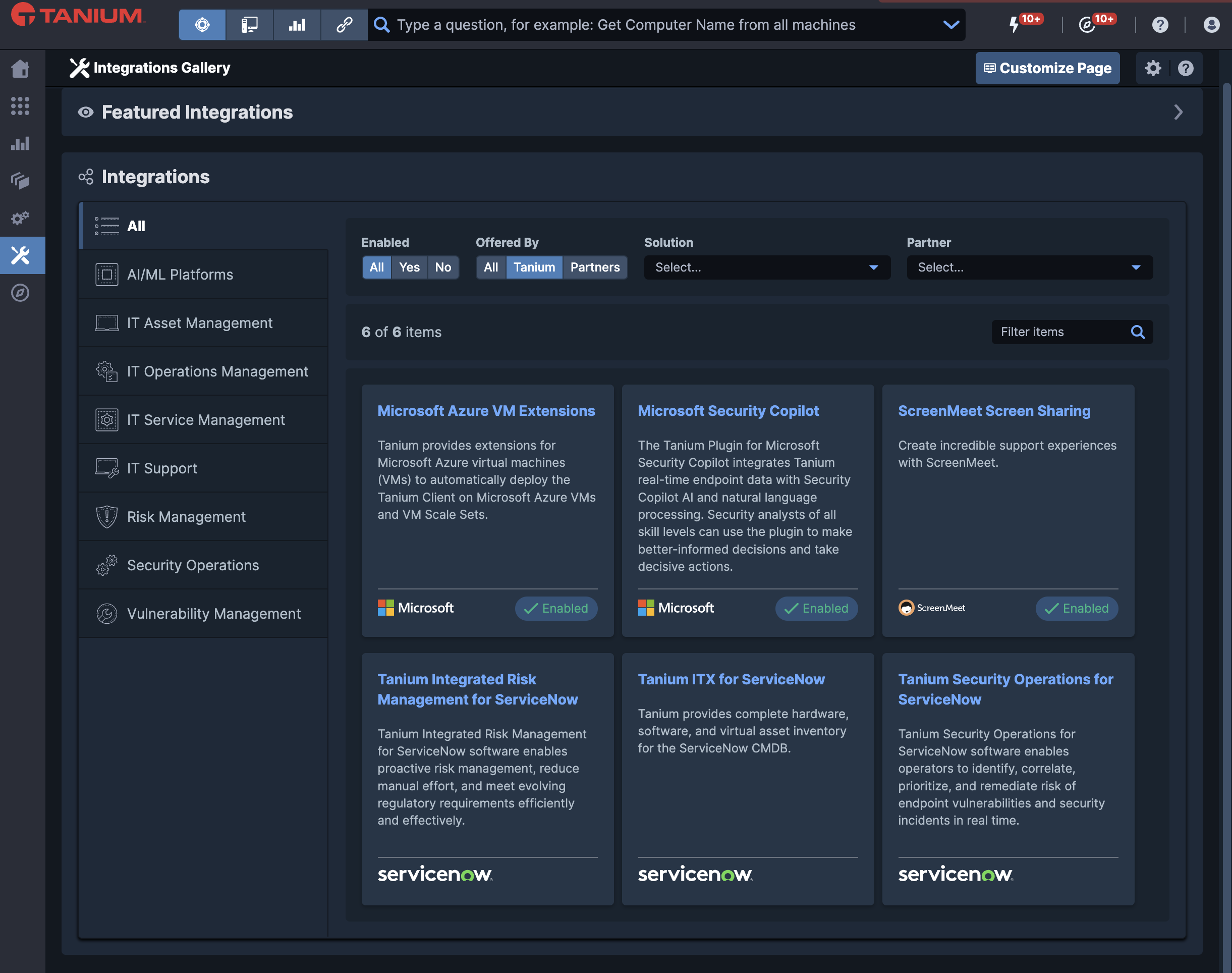Why SLED Organizations Need Asset Visibility and IT Tool Optimization for Digital Transformation
Before you can optimize IT investments, you need to know the state of the IT assets you already have
The past year has undoubtedly been challenging financially and logistically for state and local governments and educational organizations (SLED organizations). Fortunately, help is on the way in the form of new funding from the federal government.
The American Rescue Plan Act, signed into law in March 2021, promises SLED organizations new federal funds for operating budgets and investments in cybersecurity.
In a previous blog post, I pointed out that to make the most of these funds, SLED organizations should:
- Take stock of what IT assets they have now.
- Rationalize their IT toolsets.
- Develop a plan for supporting endpoints in distributed environment.
In this new post, I’d like to cover two aspects of this vital work:
Asset Visibility
Discovering all the endpoints (laptops, tablets, and other employee devices) in use, recording their hardware and software configurations, and monitoring these endpoints for security and performance issues. Does your IT organization have the asset visibility it needs, now that more employees are working remotely? When problems occur, do you have the real-time visibility you need to resolve them?
Tool and Cost Optimization
Re-assessing the tools that your IT operations and security teams rely on for monitoring and managing endpoints across all environments — on local networks as well as in remote locations. Can your IT tools help identify redundant software licenses, saving money that can be used for other IT investments and new digital transformation projects? Is there an opportunity to complement your IT investments with new tools that provide the visibility and real-time control you need to make all your IT investments more cost-effective?
Before exploring both these points, though, I’d like to set the context for this work in terms of the shifting priorities of SLED organizations.
Building new IT services for a distributed world
In a recent survey of state CIOs by the National Association of State Chief Information Officers (NASCIO), CIOs reported that their investment priorities had changed as a result of the pandemic. As one CIO put it, “Remote work is here to stay.”
The shift to an ongoing distributed workforce and customer base used to digital transactions is prompting state CIOs to emphasize online experiences and security over more analytical technologies such as artificial intelligence (AI) and big data.
In recognition of the data privacy and data security challenges inherent in e-government services and distributed environments, security has risen in priority for state CIOs, now ranking third instead of fourth overall.
And application development now ranks first after not even appearing in the list of top five priorities before the pandemic. That’s probably because organizations need new software and self-service portals for a world where online rather than in-person experiences are the norm.
As of March 2021, the top priorities for state CIOs are:
- Application development
- Customer experiences/relationship management
- Security
- Vendor relationship management
- Cloud platforms and services
I suspect that the priority list for other SLED organizations isn’t too different. After all, every SLED organization depends more than ever before on online experiences, remote workforces, and the cloud platforms and services that support those remote workforces.
American Rescue Plan Act funding can help. But before you can transform or optimize IT investments, you need to know the state of the IT assets you already have.
Digital transformation begins with visibility. That’s why we recommend starting any digital transformation work by asking questions about IT assets, tools and costs.
Questions about asset visibility
To lay the groundwork for any new IT strategy, begin by asking these questions:
- How many endpoints do we have?
- Where are they deployed?
- Which endpoints are being used and which can be decommissioned?
- Which services and applications are our endpoints running?
These seem like straightforward questions, but we find that many SLED organizations have difficulty answering them. In part, because many endpoint management tools don’t provide the comprehensive visibility they promise.
In our experience, we find that some endpoint management systems overlook anywhere from 10% to 20% of endpoint inventory, leaving SLED organizations with no way of monitoring and managing hundreds or even thousands of endpoints.
But other factors, including out-of-date records, manual data-collection processes, and the sudden displacement of so many endpoints as part of the rushed transition to a distributed model, have also contributed to SLED organization’s reduced visibility into IT assets.
SLED organizations need to overcome these blind spots. It’s critical that they know what endpoints they have, including any bring-your-own-device (BYOD) endpoints that employees use at home to access internal applications and data.
Endpoints that aren’t tracked can’t be managed and secured. And they can’t be figured into new plans for digital transformation.
Questions about tools and cost optimization
Once you’ve answered questions about asset visibility, you’re ready to take on questions about IT tools and cost optimization. Ask yourself:
- What monitoring systems do we have in place?
- How many tools do we use to see and control all endpoints across our environments?
- How do we identify our assets and measure software utilization?
- What’s our strategy for patching endpoints when security incidents occur?
When you know what tools and third-party software applications you’re using, you can explore questions about centralizing tools and eliminating redundancies from your IT investments:
- What are our long-term strategies for cost optimization?
- Which redundant IT investments can be centralized and streamlined?
- Are multiple departments running copies of the same software?
- Are departments using similar tools that could be standardized?
- Have we oversubscribed to certain software licenses?
We recommend centralizing and streamlining toolsets before you begin applying funds from the American Rescue Plan Act. After all, there’s no point in applying new purchases to redundant hardware and software.
If you’ve improved your asset visibility to the point where you have a comprehensive understanding of which software and hardware products employees are using, you can deprovision unused products and eliminate redundant licenses. This will give you confidence that you’re saving money without jeopardizing productivity.
There’s no point in embarking on bold digital transformation projects while your IT organization is hobbled by redundant tools, a lack of centralization, and slow, complicated processes that result from a “swivel chair” approach to IT management.
Gaining visibility is the first step in moving forward
If you don’t have a systematic solution for monitoring endpoints and analyzing their usage, now is the time to put one in place.
Once you can effectively inventory and monitor endpoints, you can begin rationalizing IT investments, making the best use of the software and hardware you want to keep, and removing underutilized or redundant investments.
By making your existing IT infrastructure as efficient as possible, you lay the groundwork for investing in new tools and services when American Rescue Plan funds arrive.
Learn more about Tanium’s offerings for SLED organizations.
Sign up to try Tanium for free.




